
D. Pantermalis: “Instead of a cause of friction, these Marbles can serve progress, study and publicity.”
The Parthenon’s Fagan fragment arrived from the Antonino Salinas Museum in Palermo at the Acropolis Museum. It will be exhibited here for eight years as a long-term deposit (‘deposito’) with the prospect of remaining permanently (‘sine die’) in the Acropolis Museum, through a process initiated by the regional government of Sicily to the Italian Ministry of Culture.
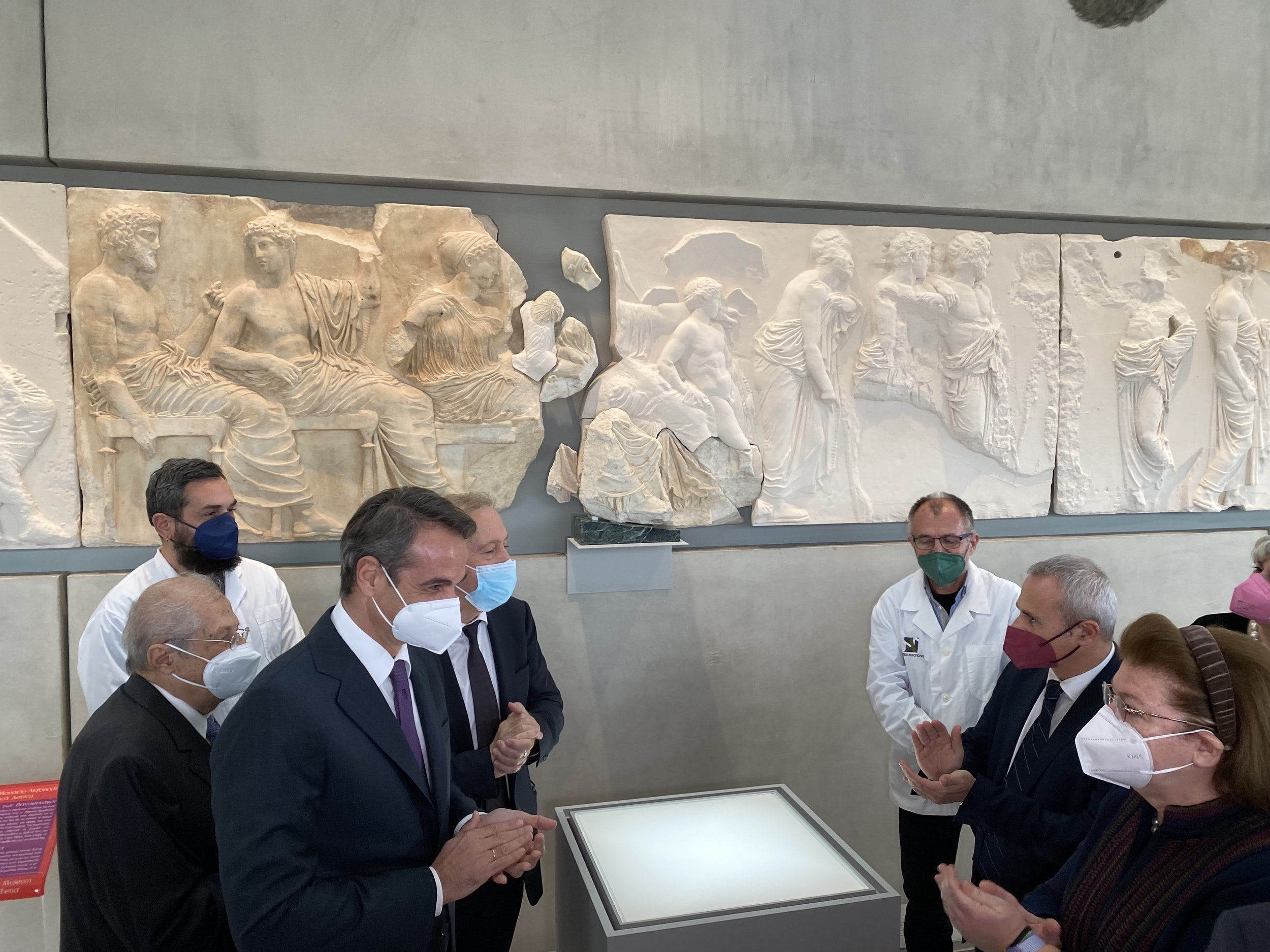
Μουσείο Ακρόπολης. Κυριάκος Μητσοτάκης, Λίνα Μενδώνη στην τοποθέτηση του θραύσματος / Acropolis Museum, Kyriakos Mitsotakis, Lina Mendoni. Placement of the fragment
The Fagan fragment depicts the lower extremities of goddess Artemis. It is a fragment of Stone VI from the eastern frieze of the Parthenon, made from Pentelicon marble, where the Olympian gods are depicted seated and watching the procession of the Panathinaia. The left section of the stone is in the Acropolis Museum, while the right one is in the British Museum. The fragment, with a height of 0.355 m., width of 0.31 m. and thickness of 0.105 m., belonged to the collection of Robert Fagan, British consul in Sicily and Malta, which was purchased by the University of Palermo in 1818-1820. It was acquired by the Antonino Salinas Museum in 1836. From 2008 to 2009, on loan, it returned to Greece for the first time for the exhibition “Nostoi” in the Acropolis Museum. Today, the Acropolis Museum will loan the Antonino Salinas Museum two significant exhibits from its collection for a similar duration.

Θραύσμα Fagan, τοποθέτηση / Fagan fragment
Prime Minister Kyriakos Mitsotakis said: “I believe that the most important step, taken today, paves the way so that other museums can also move in the same direction. The most important one, of course, is the British Museum, which should now realize that the time has come for the Parthenon Marbles, which left Greece under conditions that are more or less known to everyone, to return here, their natural home.”
Lina Mendoni, Minister of Culture and Sports, said: “The international community deserves and demands to see the masterpiece in its whole here in the Acropolis Museum, not fragmented between Athens and London […] The return of the Parthenon Marbles to Athens is a moral obligation of Europe for the protection of our common cultural heritage.”
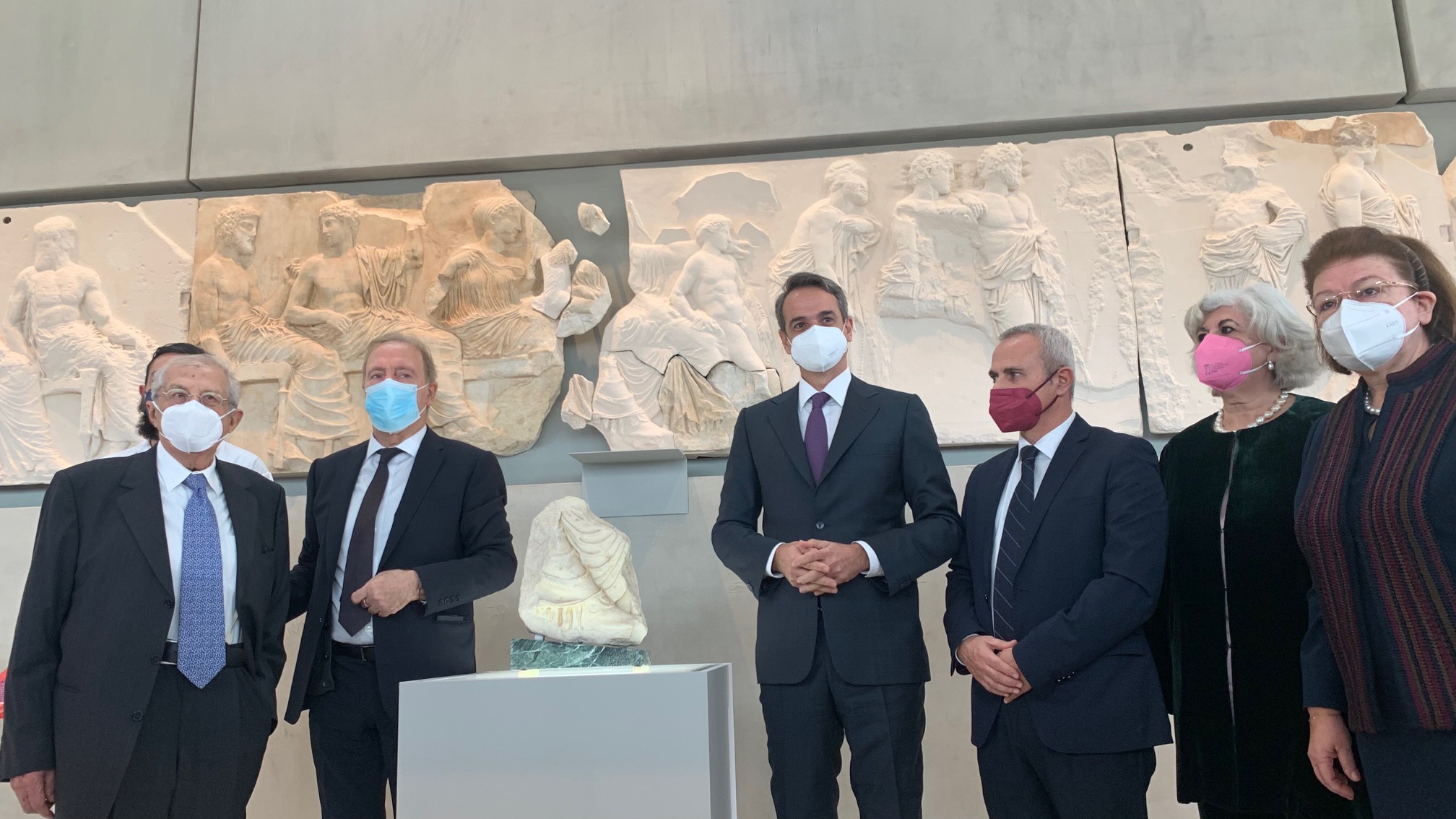
Δ. Παντερμαλής, Ν. Σταμπολίδης, K. Μητσοτάκης, Α. Samona, C. Greco, Λ. Μενδώνη / D. Pantermalis, N. Stampolidis, K. Mitsotakis, Α. Samona, C. Greco, L. Mendoni
Dimitris Pantermalis, President of the Acropolis Museum, said: “Instead of a cause of friction, these Marbles can serve progress, study and publicity.” While Nikos Stampolidis, General Director of the Acropolis Museum, said: ““The fragment is deposited here today, in the place where it has belonged forever.”
Caterina Greco, Director of the Antonino Salinas Museum, and Alberto Samona, counsel in matters of Cultural Goods and Sicilian Identity, stressed the special relationship between Greece and Sicily and the effort that preceded the return of the Fagan fragment to the Acropolis Museum.


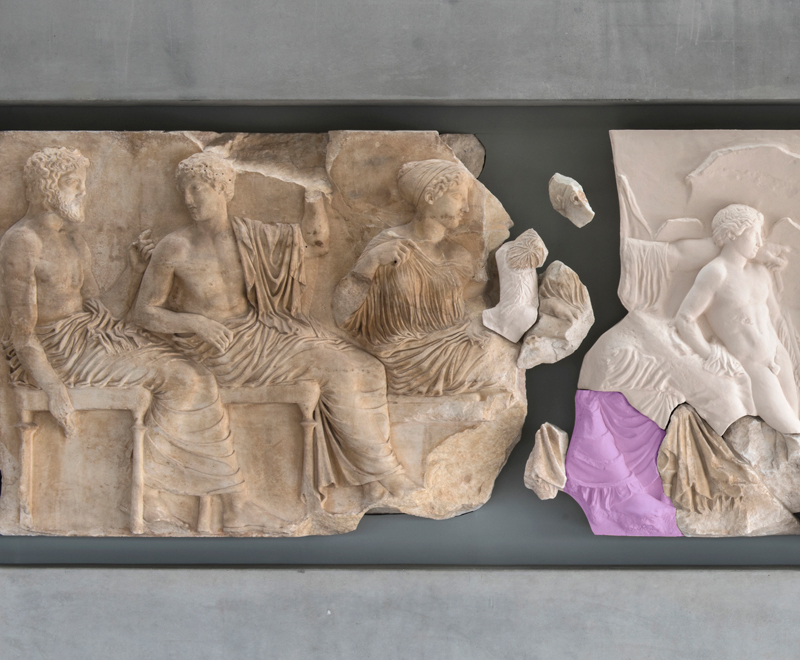

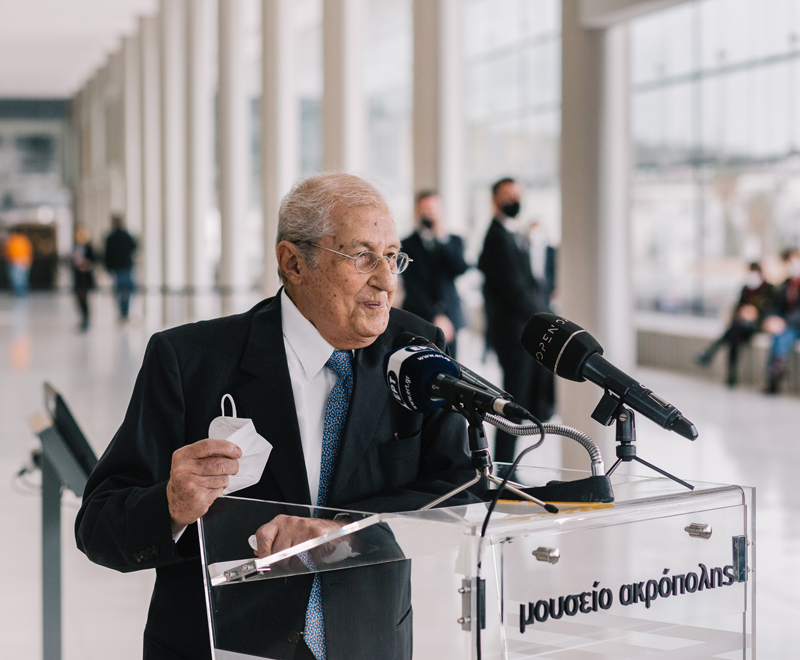


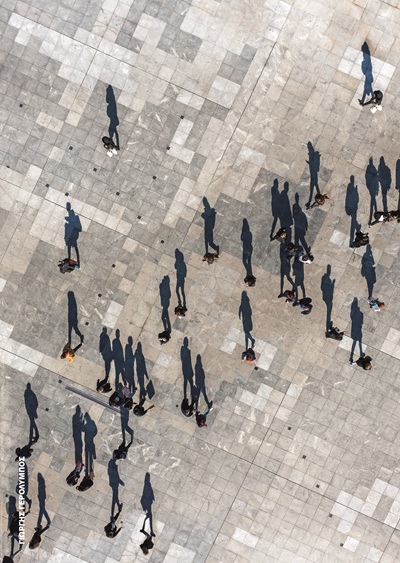

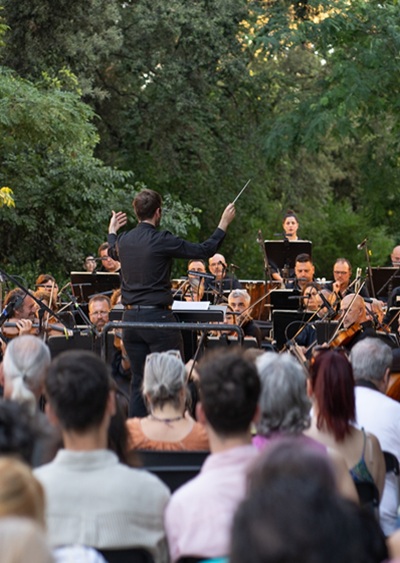


Leave A Comment